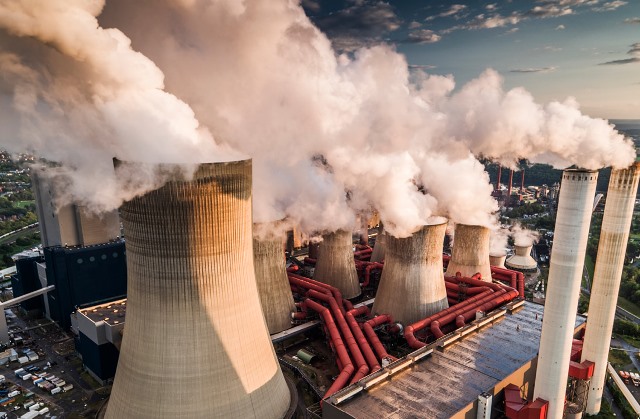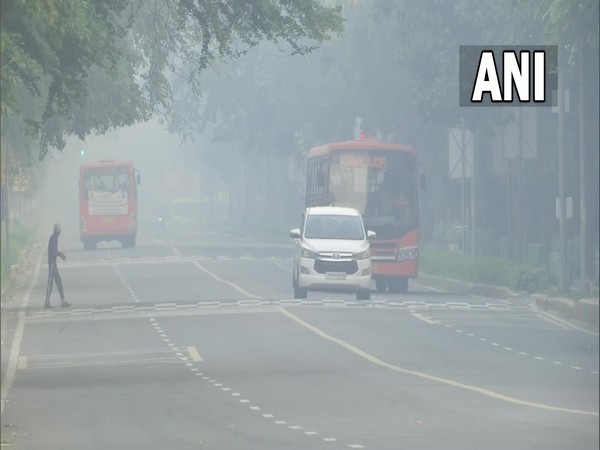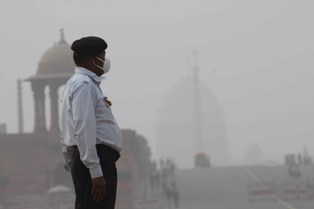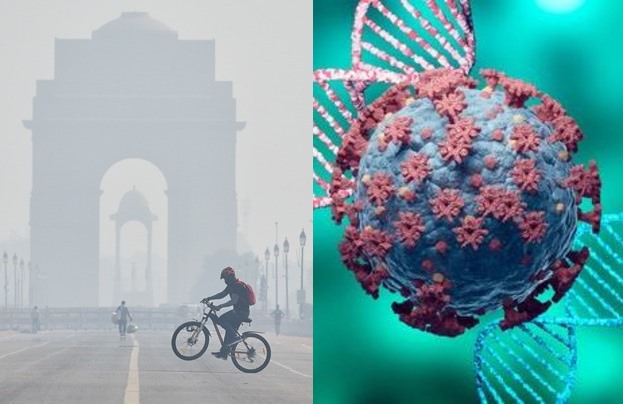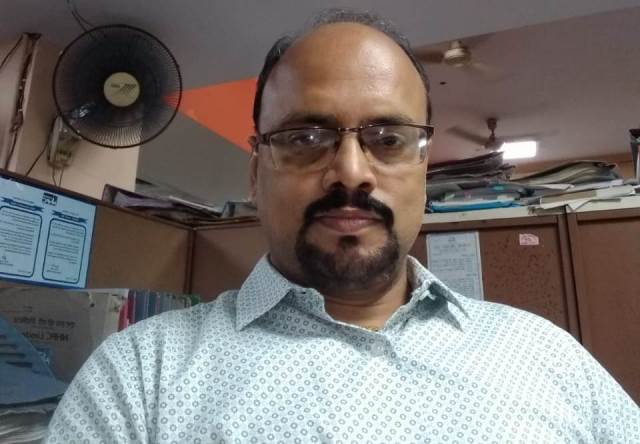A social media meme drenched in black humour has been doing the rounds in Delhi for the past couple of weeks. It goes: “If you don’t gulp down your peg of Glenfiddich quickly enough on an evening in Delhi, it can turn into a Laphroiag.” The reference here to the lighter coloured Speyside whisky turning into a darker, more peaty Islay whisky is all about pollution in Delhi. On Saturday evening around 7 pm, the Air Quality Index (AQI), which measures the levels of suspended particulate matter in the air, in Delhi was around 745. The higher the AQI value, the greater the level of air pollution and the greater the health concern. For example, an AQI value of 50 or below represents good air quality, while an AQI value over 300 represents hazardous air quality. At 745, it is a grievously terrible situation.
While jokes and memes, tapped out on phones from well-endowed and privileged Delhiites, gives one side of the picture in Delhi, the story from the streets of India’s capital city is not one that could make you guffaw. Delhi has an estimated 150,000-200,000 homeless people, the majority of whom live on the streets. CNN had a heart-rending story about an 84-year-old homeless man begging for food on the sidewalk outside Delhi’s South Campus Metro station, breathing the air noxiously full of smog. Millions of Delhiites eke out their living in the sprawling city with a population of more than 20 million by working on the streets, on construction sites, in open-air food and vegetable markets, or simply by plying auto rickshaws and handcarts. Hawkers, policemen, security guards, food delivery couriers–you name it–they are constantly exposed to air quality that is life-threatening.
The situation is a repeat every year, especially as winter sets in and cold air traps emissions from stubble burning on farms around Delhi, poorly regulated factories in and around the city, and the mesh of foul emission spewing traffic. Every year, when this happens, there is media outrage and huge concerns. But everyone, including the government, has become so inured to it that even as it gets warmer and the air clears even a little bit–although even then the AQI levels are dangerous–the outrage dies down. Year in and year out, it is the same story.
It is not that the government–both at the centre and in the Delhi state–have not done anything. A few years ago, they tried an experiment of restricting traffic by allowing only vehicles with licence numbers that were even to be out on the streets on one day and ones with odd numbers the next. The experiment wasn’t given time enough for its efficacy to be assessed before it was shelved.
This year, following a judicial order after an environmental activist had moved court, schools and colleges were shut down; construction projects were stopped and some of the coal-fired power plants around the city were ordered to be closed down. But as the air quality improved marginally, everything was back to business as usual.
Delhi isn’t the only Indian city that is reeling from the adverse effects of air pollution. Nine of the ten most polluted cities in the world are in India, which depends heavily on fossil fuel as a source of energy. At the COP26 summit that recently concluded in Glasgow, India was one of the countries that wanted to phase down coal instead of phasing it out.
It is a classic conundrum. Industrialised countries have reached a level of advanced development, (much of it achieved through decades of burning fossil fuel) where they can now decide to move to a non-fossil fuel environment. Countries such as India, which are still grappling with basic development goals cannot afford to do so. What then is the solution? The answers remain elusive.
Yet Another COVID Variant From S Africa
Even as a new and potentially more dangerous COVID strain was discovered in South Africa and travel restrictions were imposed by many countries on movement of people from there, many Indian states have imposed fresh restrictions on people travelling to those states from international as well as domestic areas. In Maharashtra, all domestic travellers will have to either be fully vaccinated or have a favourable RT-PCR test that is valid for 72 hours.
In Kerala, where the COVID situation has remained alarming, the emergence of the new strain, named Omicron, has given cause for concern. Kerala has been so badly affected by COVID this year that in August there were days when the relatively small state accounted for more than 50% of the total number of cases in the country.
Epidemiologists have had no concrete answers to why Kerala has been so badly affected. Some say it is because the state is able to test people for COVID at a much higher rate than what other states are able to do. Others point to population density in the state. But it is also a fact that Kerala has been able to vaccinate its population more efficiently than other states and that last year it was able to control the spread of the virus better than several other states.
But given India’s huge population, high levels of poverty and low levels of awareness, the emergence of a new strain of COVID, albeit for now in S. Africa, should be a reason for worry. And state as well as central governments have to constantly monitor travel, vaccination programmes and precautionary measures such as mandatory social distancing and the use of masks.

